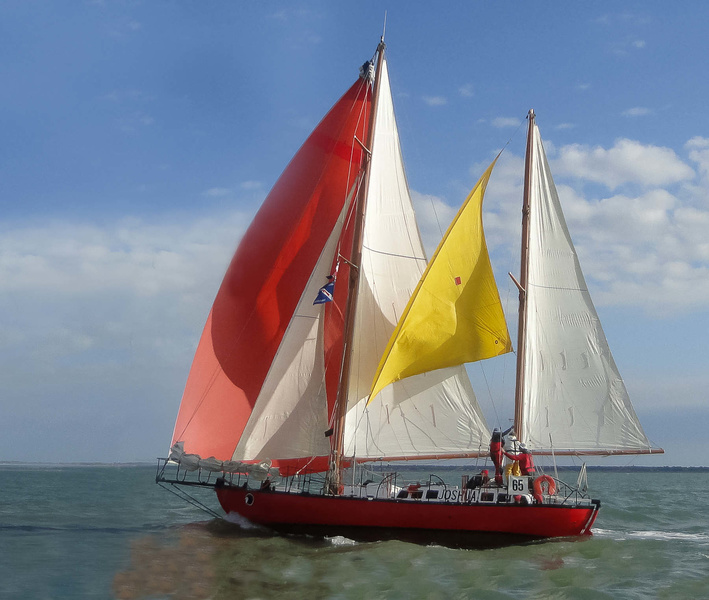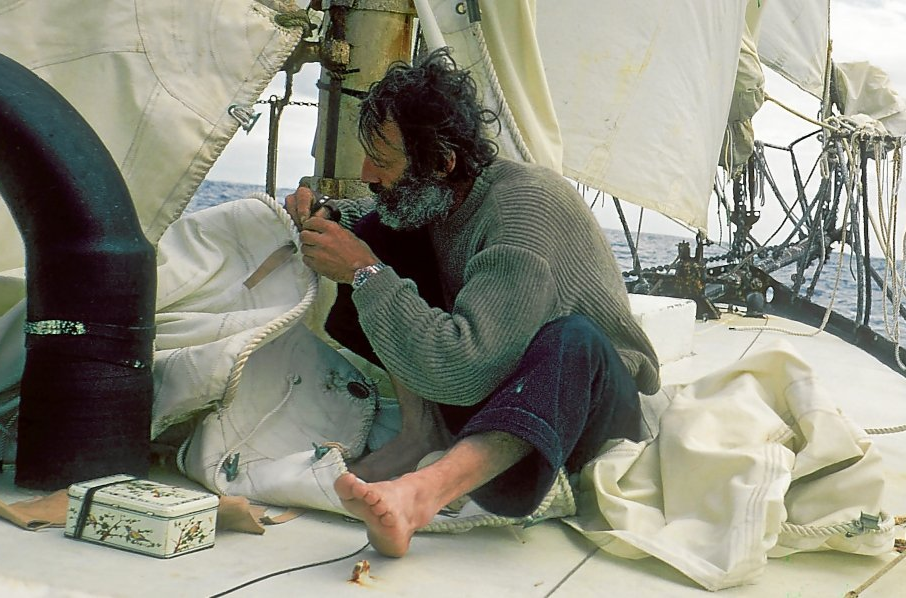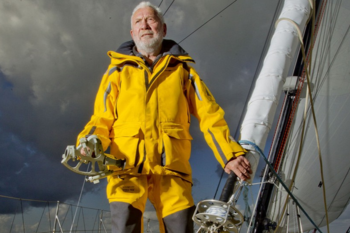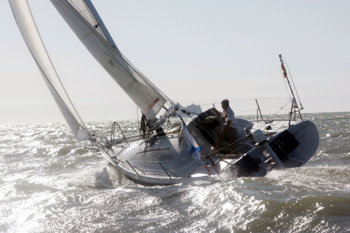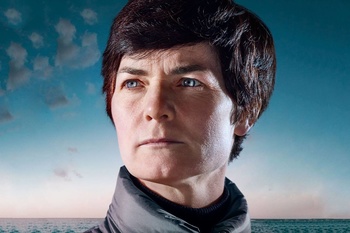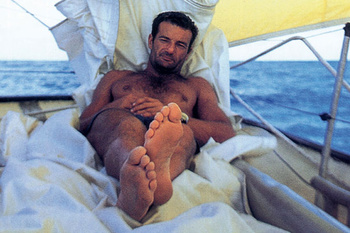Destiny ordered that none of the first three boats brought good luck to their skipper, but the fourth helped to understand that in the sea is stupid to talk about records. And she was also immortal...
The South Seas Tramp
Early morning, but the hot ball of the sun is already melting in the waves of the Indian Ocean. Complete calm - a small two-masted boat swings lazily onto a slightly visible tooth. Daughter tanned guy drops his shorts and sighs into clear turquoise
By the way, the journey itself is rather forced. His goal is to leave suddenly «hot Indochina», where he was born and grew up in the family of the co-owner of a small export-import
Bad luck, and only, for the second time! The first attempt made two years earlier on a 40ft
From here, Muatseye managed to return to Saigon with her, despite the fact that the shabby vessel was gathering up to two tons (!) of water per day through the slots in the hull.
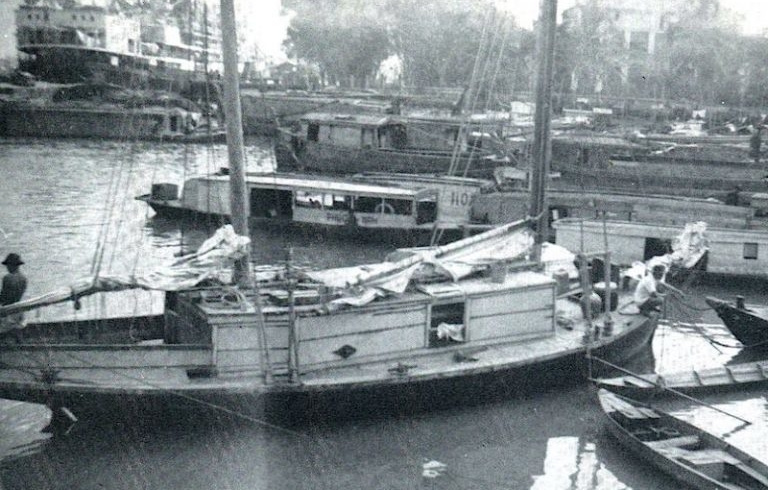
The comrade who accompanied Bernard on this journey preferred not to take risks and found a job on the shore, but our hero was more persistent. After selling his father's inherited stake in the company, he bought a used two-mast tile junk on which he set off again, now alone. The boat was named Marie Thérèse - no, not in honour of the famous Austrian Empress, but in memory of her beloved, whom the young man had to leave in his motherland.
Later, Moisture frankly declared that although he hates storms, but only a complete calm can really undermine
However, this time, after a painful voyage against the counter monsoons, it was windless weather that saved him. Flowing in the hull (it was first discovered while still parked in Singapore) again managed to
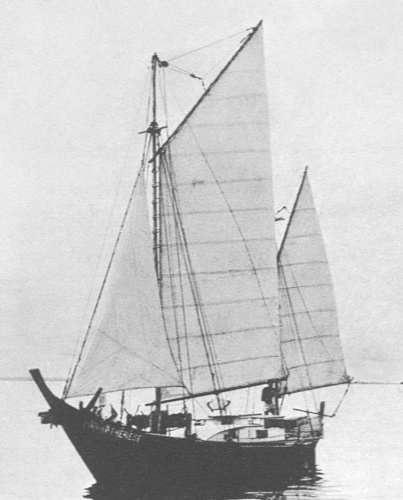
Bernard managed to escape, but he was inconsolable, especially since he blamed only himself for the boat's death. According to his own confession, the cause of the disaster was the «approximate» definition of longitude of the place (there was no lag or chronometer on board), as well as neglect of the almost 3-node ocean current. In addition, it is possible that the natural fatigue of a single crew member after almost three months of transition to not the most favorable conditions also played a fatal role. To top it off, the British authorities decided to send the shipwrecked Frenchman to Fr. Mauritius - apparently suspected of being a spy seeking to infiltrate a carefully guarded area of a naval
Plus deportations: Cape of Good Hope is almost 1,200 nautical miles closer. The minus is much more: our hero ended up on a fully inhabited but still island, without a boat and without money.However, these circumstances did not confuse him and he decided to build a new boat, not knowing that it would take him a whole three years, the lion's share of which would be spent on making money.
The very construction of the new boat took just over six months. It was designed and built by Bernard himself in the company of a local ship carpenter. Unlike his predecessor, the 28-footer. Marie Thérèse II received more classical contours and an elongated bowsprit, allowing to put not only the jib, but also the jib. With a width of 10 ft, it had a fairly large draft (5 ft), and stability, in addition to internal ballast, provided 250 kg of keel. Important improvements were the installation of two steering wheels (in the cockpit and cabin), a more secure mounting of masts, as well as enhanced sailing weapons (kech). The mainsail initially remained gaffed, but was replaced by a Bermuda one after the trial voyages, like a bizana.
The construction of Marie Thérèse II, together with all the dowry «»needed for long distance voyages, cost him 500,000 old francs «(»less than $ 1500 at 1955 prices), according to estimates by Moissier.) - although her keel and stems were made of mahogany wood and the guava stems.
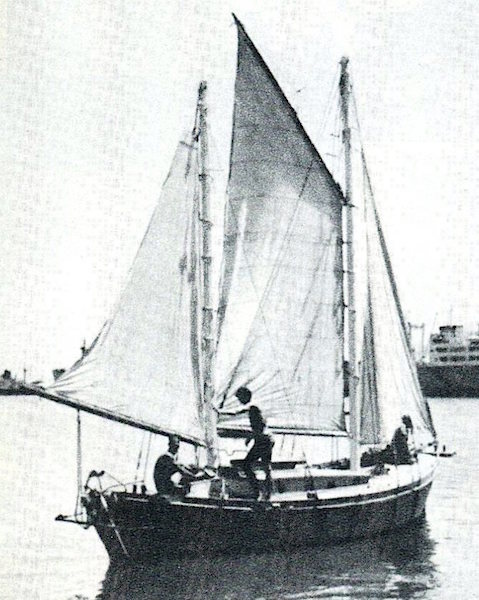
Bernard was in no hurry this time. He literally lived in the ocean, managing to make a living between passages. When finances became particularly tight, an experienced sea vagabond fed on fish and seagulls, which could be shot with a slingshot. By the way, this
Reaching the southern tip of Africa, he spent a year in Durban, then dropped by Cape Town for 9 months. After that, Marie Thérèse II finally made it to the Atlantic, so that after a 1600-mile journey, he could again afford a long pause on the island. St. Helen's.
During his stay in Martinique, Moisture caught a telegram that became fatal: a girlfriend of a sailor, Joyce, whom he had met in Cape Town, called him to the island of Trinidad with the most serious intentions. Bernard took off on the road. After two days without sleep, he allowed himself a little nap on the way to St. Vincent's Island
The remaining valuable things - a sextant and a chronometer - Muatsier gave to the skipper of the schooner, who took him to Trinidad, where Bernard by then no one was waiting ...
To get off this exotic, but alas, beggarly island, Moiteje got a job as a sailor on a Norwegian tanker that was flying to America and Europe. A few months later, having earned some money and thoroughly expanded his knowledge of navigation and lotions, he boarded a train to Paris in Hamburg.
Joshua is the fruit of Dreams and Love.
In France, Mouathier has published a book about his adventures under the romantic name of the South Seas Tramp«. It unexpectedly became a bestseller for the author and brought him an income that allowed him to return to his dream of building a new boat.
Especially since one of Moissier's admirers of writing, Jean Nocker, a gardener by profession and a leisure-time yacht builder with a passion for yacht design, offered to design a free boat for him.
The project was originally named Maïté («love» in the Basque language), presumably after one of Muâté's former girlfriends. But during construction, the sailor met his future wife Françoise and renamed the boat, giving her the masculine name Joshua, after Captain Joshua Slocum, the first sailor to sail around the world alone.
During the construction not only the name but also the size of the boat was changed. The length was increased from 31
Sailing arms? Well, of course, the Quech, like all three previous boats. At the same time, the area of sails was significantly increased (almost to 230 m²), which was explained by the expected increase in weight of the vessel.
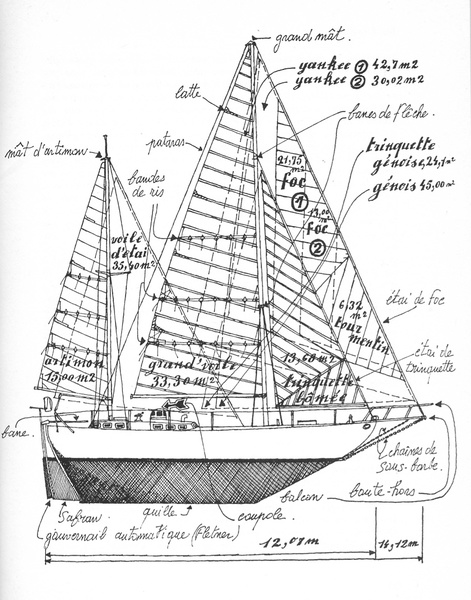
As for the hull material, after much thought, Bernard stopped at steel. While still furrowing the sea on a Norwegian tanker, he drew attention to the main advantages of steel boats over wooden ones - strength, resistance to corrosion.damage and durability, and also came to the conclusion that even a trained monkey can manage and care for a well built steel yacht.
So, steel, minimum bends, cold welding, complete sealing. 4.7 mm thick and 7.4 mm thick sheath the keel.
In addition, at the bottom of the stems and keel, an additional 20 mm thick hull reinforcement was provided - not surprisingly, some contemporaries compared this boat with the tank.
The foundation stone was laid in the autumn of 1961 in Lyon at the ... excavator factory of Jean Frico, another admirer of Moissier's talents as a sailor and writer, who planned to use the experience gained for serial construction of steel yachts.
At the beginning of March 1962, the launched Joshua was towed to Marseille, where Bernard began the final refitting and fitting out of his yacht.
For all possible savings, the steel case cost 700,000 francs, so it was necessary to use improvised materials for the completion.
So, the
The rigging had to use old cables found in the port, and the sails (alas, not from the dacron) were cut by Moiste himself. At this time his future wife and eldest daughter sewed sleeping bags, bedspreads on furniture and curtains, and friends of Bernard helped to buy and install the motor (without lifting the yacht at the dock).
Not four years after the catastrophe on the reefs of St. Vincent,
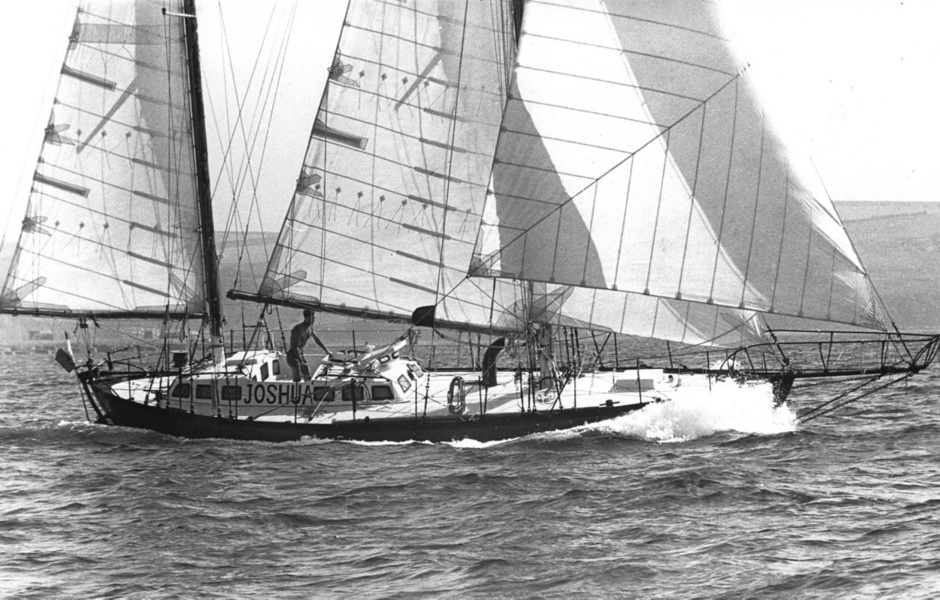
Around the world and a half.
- Okay, but if I win this race, I'll just take my check without a word of thanks and go out without saying goodbye - representatives of the almost omnipotent Sunday Times with great difficulty managed to persuade Mr. Moissier to take
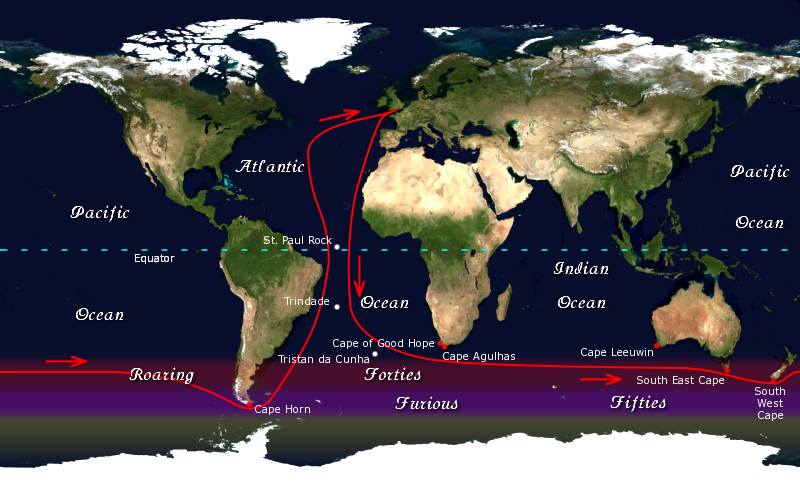
By this time, Muathier had gone to Joshua with his wife tens of thousands of miles. Returning from a long wedding voyage, the couple walked 14,216 miles without entering the ports, bypassing Cape Horn. The voyage lasted 126 days from fabulous Tahiti to Spanish Alicante.
Moisture had every chance of winning the single round-the-world prize.
Over the years of uninterrupted sea voyages, Moisse has not only become akin to his Quech, but has also significantly modernized it.Joshua received a new set of Dacron sails as well as a full set of winches to tie them up instead of the usual blocks and waistbands with which he went on his first voyage. The ship was now much better suited to one-man operation and also perfectly balanced between ballast and consumables.
Bernard was so confident in his boat that at the start from Plymouth, he flatly refused to take a radio transmitter on board and decided to use a slingshot instead. It was with this device that he intended to transmit his travel notes to passing ships.
Fragments of a film about a journey were supposed to be ferried in empty cans from under
One such session «of communication almost» led to a catastrophe at the very beginning of the journey: the boat was thrown too close to the coaster, so Moissier had to fix the folded bowsprit. Just a few days later, Joshua suffered a terrible blow from the
In spite of all these unpleasant surprises, Bernard and Joshua were moving forward briskly. Leaving Plymouth
The Indian Ocean met Joshua with unusually quiet weather. This helped Moishe not only to recover a little from the nervous tension of the first two months of the journey, but also to feel even more deeply connected with the majesty of nature around him.
Also on board (and apparently
Perhaps it was then that he first had his doubts: Do you have to win this race?
For even without it you can swim endlessly across the blue ocean under a blue sunny or starry sky in a magical world where neither records, nor fame, nor money matter.
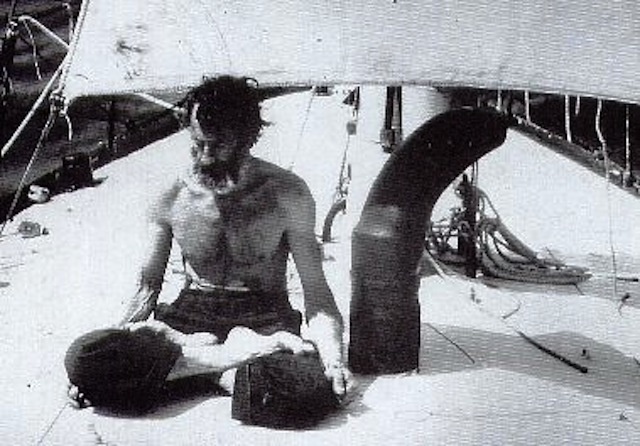
Meanwhile, Joshua is making good progress. On 7 December he passed Cape Luvin in south-western Australia, and the new year 1969 met southeast
On the way to Cape Horn the gap between them is reduced to 20 days and Bernard becomes a major contender not only for a cash bonus for high speed, but also for the cherished Golden Globe. Indeed, on the final 8,000-mile stretch
Fighting the storms, as he used to fight the loneliness felt even more strongly in calm weather, he increasingly wonders: Does he even need to win this race?

As we approach the m. Horn, finding the answer to this question is becoming particularly painful.Bernard, having circled Cape Storm, decides to turn to Nature for help: If the wind blows from the southern rumbles, Joshua will carry it further north, to the very likely victory, glory and wealth, and if the advantage is behind the west winds, to the east, to freedom, balance and peace of mind.
February 2,
«I intend to continue my journey,still without stopping, to the islands of the Pacific Ocean, where there is plenty of sun and more peace than in Europe. Please do not think that I am trying to break a record. At sea, "record" is a very stupid word. I keep sailing nonstop because I'm happy at sea and maybe because I want to save my soul.
Joshua is heading east. On March 18th, Bernard closes his personal circumnavigation of the world, revisiting the Cape of Good Hope to complete his unprecedented solo voyage to Tahiti three months and three days later.
On his way to this fabulous island, he had been through eight violent storms, four times his boat almost overturned by giant waves.
During this time Joshua lost four sails and three times his cables were torn, but the boat was worthy of its skipper: on 21 June 1969 it was moored safely in Papeete Bay. Whether he wanted it or not, Muatsey managed to set a new record. In 10 months of unstoppable voyage, Joshua covered 37,455 nautical miles, more than one and a half (1.73 if you count the equator) turns around the globe,
Life after death.
- Open your eyes, you stupid monkey, your boat is thrown ashore! And don't try to pretend you didn't know this was going to happen! - Muatse is desperate and can't believe what happened: several times he successfully circumnavigated the globe to be shipwrecked on an almost cruise off the coast of California! Old Joshua lies in the sand, helplessly tilted. The masts have collapsed, the portholes are knocked out by the waves. And the beach at Cape San Lucas is like the scenery for a horror movie: yachts and their wrecks are lying here and there, and the sea continues to rage.
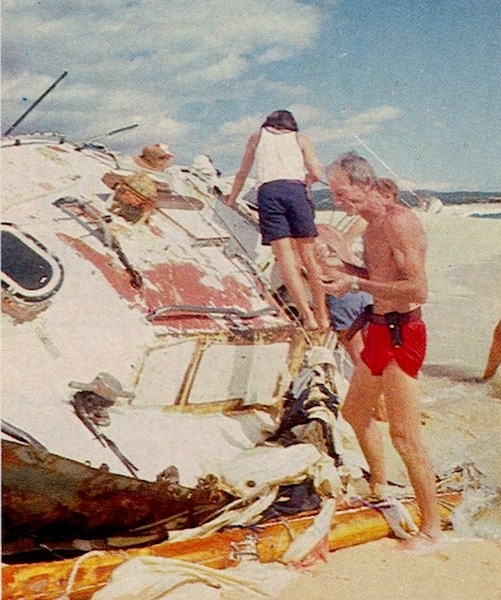
In addition to Joshua, the victims of the night storm of December 8, 1982 were 25 more boats anchored by unusually strong
After parting with Joshua, Bernard lived another 14 years. He travelled extensively on such beloved South Seas and strongly opposed nuclear testing on their fabulous islands. His last boat was the Tamata, to which Moisture dedicated his final book. In 1990

In his will, Bernard Moitier expressed the wish that the reborn Joshua would continue to go out to sea. On 16 June 1994, the legendary traveller was gone.
To a humble grave in a far corner of the cemetery of the Breton site of Bono, visitors bring flowers and... slingshot - as a symbol of timely making the right decisions.
The last will of the old sea vagabond was fulfilled: after the complete restructuring, Joshua sails every spring and spends up to 150 days a year in his native environment.
The sea gives immortality.
The boat enjoys such extraordinary popularity that in 2000 a certain Jacques Peñon even decided to hijack «Joshua» to participate in the Europe 1/New Man STAR races. The boat successfully crossed the Atlantic, but on the Newport wharf instead of enthusiastic admirers of an enterprising Frenchman met angry representatives of the Maritime Museum. They flatly denied the kidnapper the right to ferry the yacht back to his homeland. Instead, a special team was called from France, which included the son of Bernard Mouathier - Stefan.
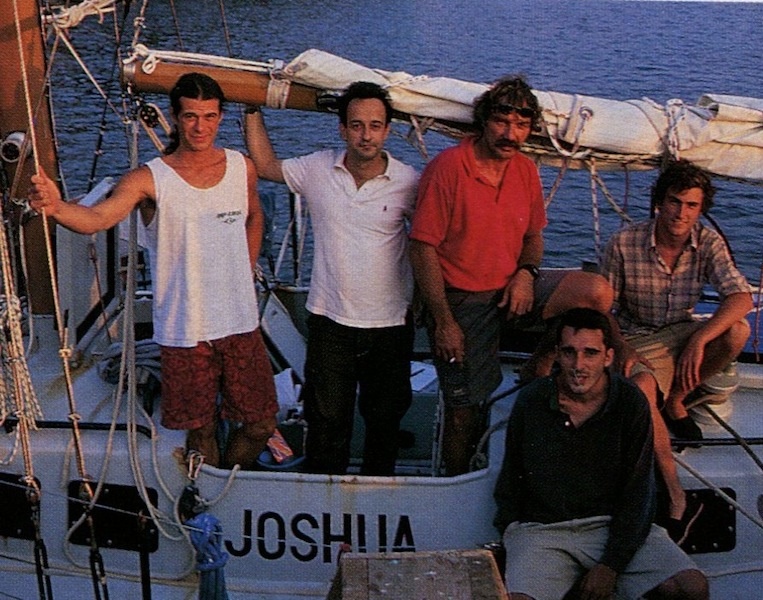
In July 2018,
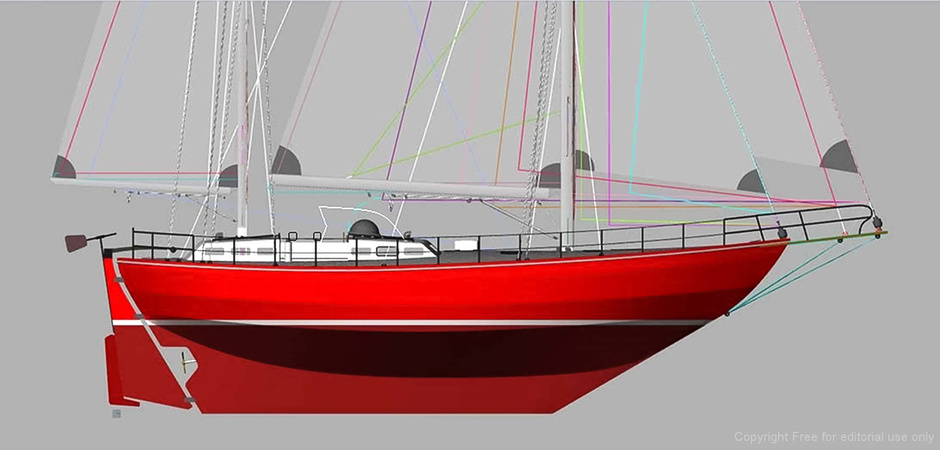
General view and main features of Joshua Golden Globe One Design (GGOD)
Water Displacement: 15 tons
Thickness of the case: 5-6 mm
Maximal length: 14,0 m
Case Length: 12.40 m
Length by VL: 10,25 м
Width: 3.75 m
Precipitation:1.62 m
Approximate cost: EUR 300,000.
A special racing class will be created for Golden Globe One Design (GGOD), and with ten copies of old Suhaili's exact replicas competing, the race promises to be exciting and uncompromising. But whoever owns the Golden Globe this time will go to the killwater for Joshua Bernard Moissier...
